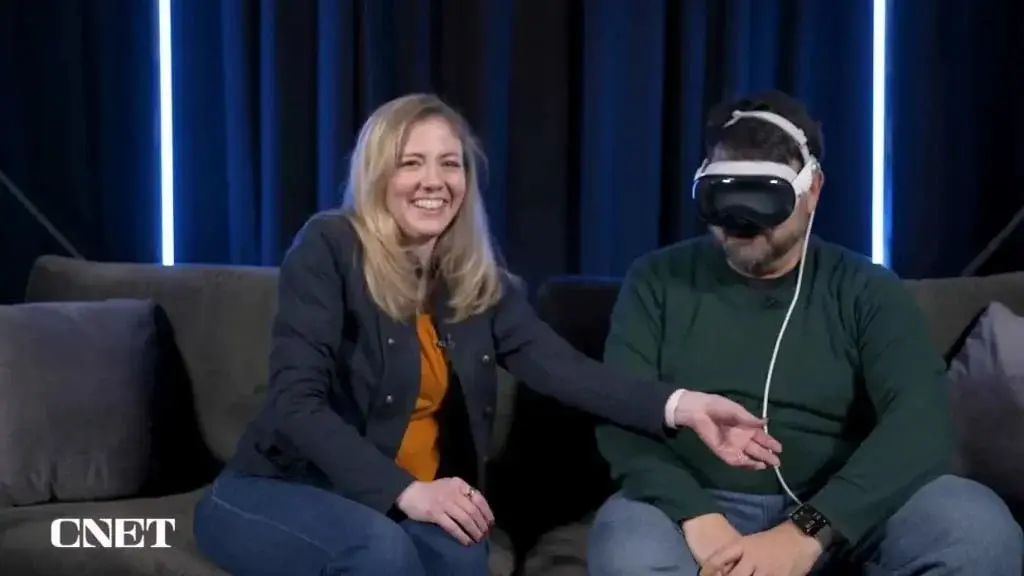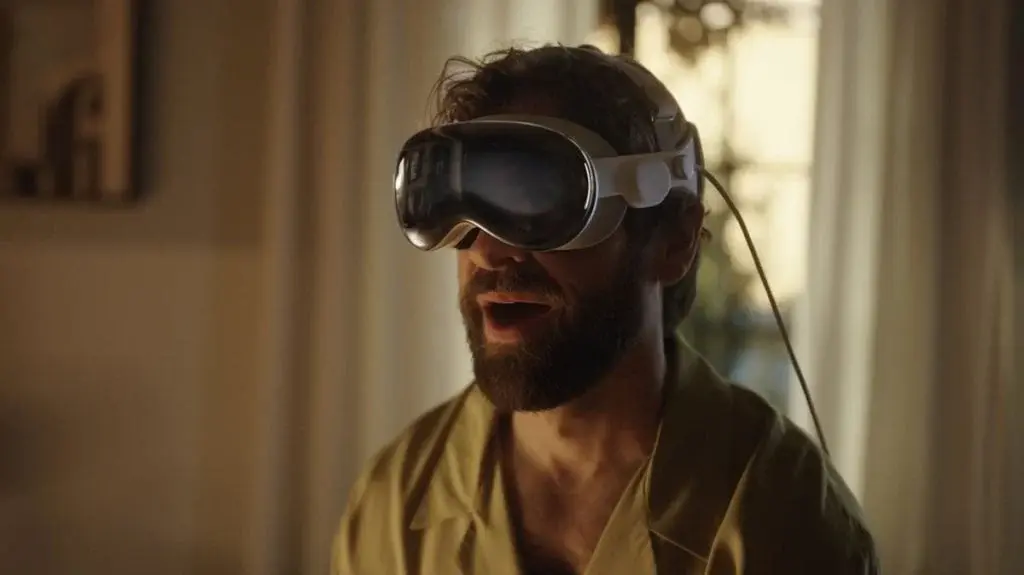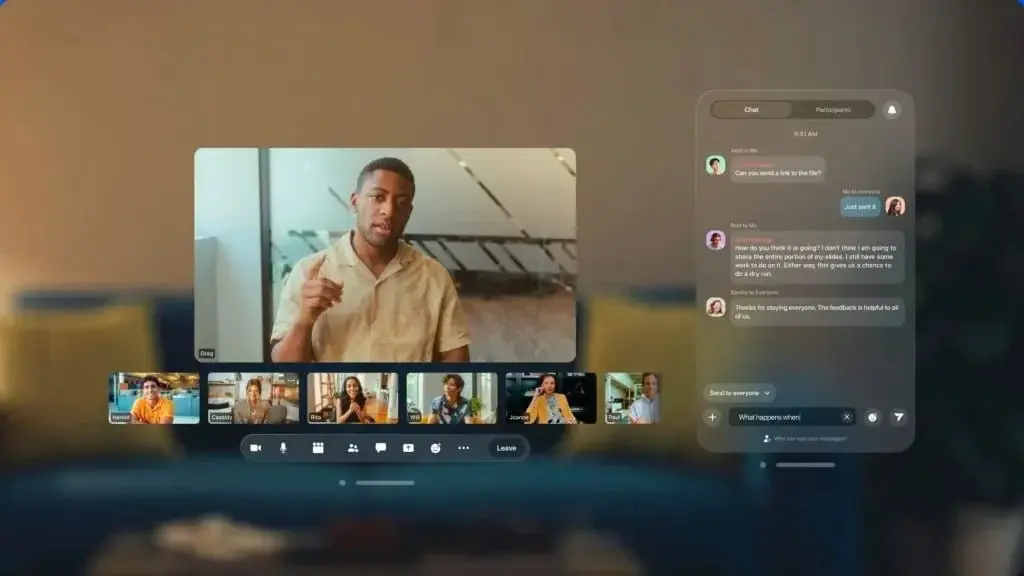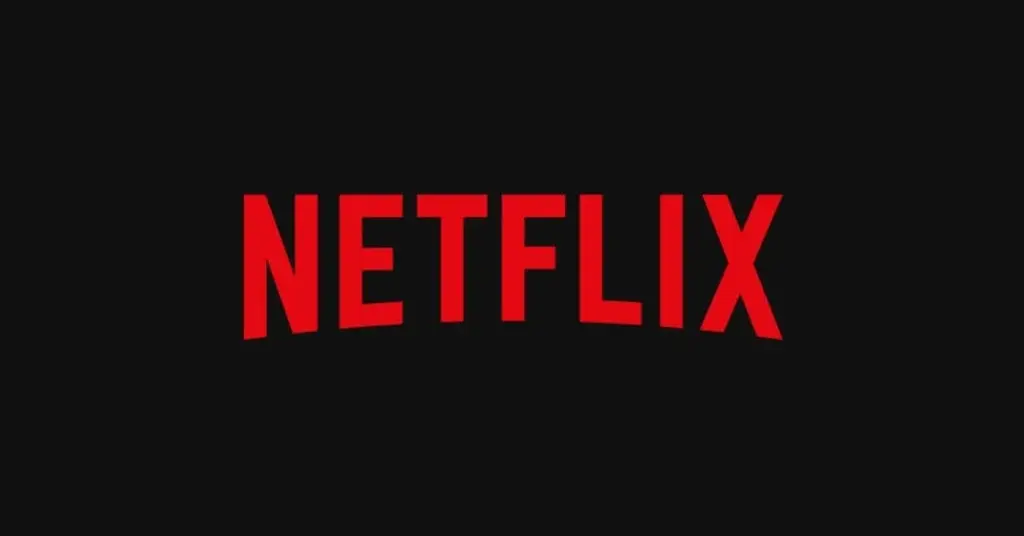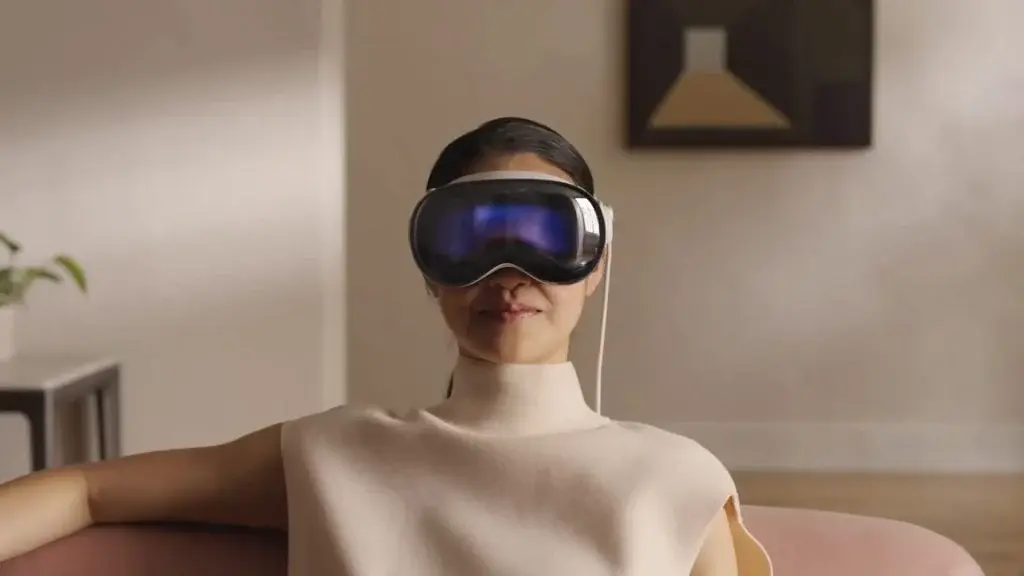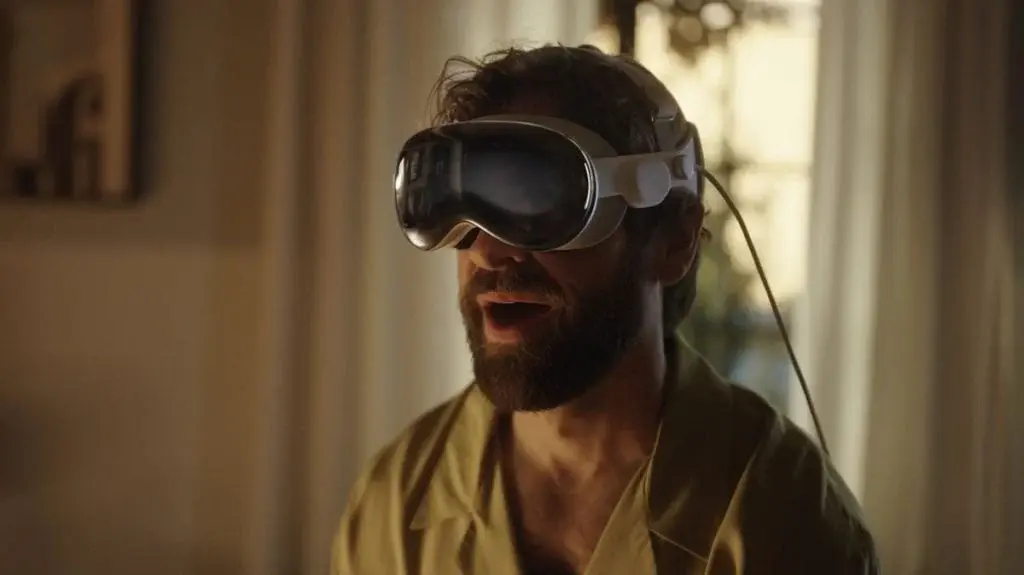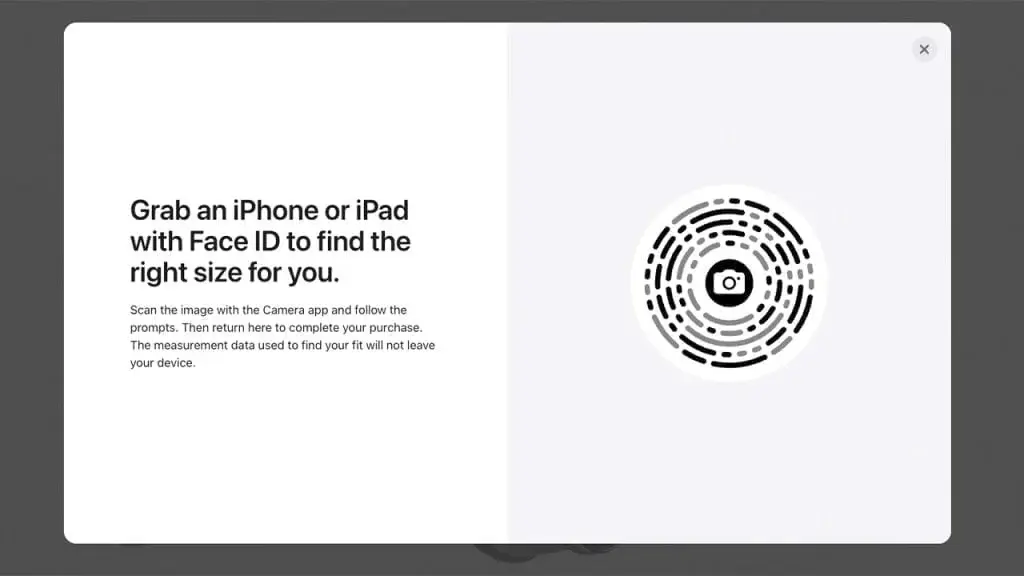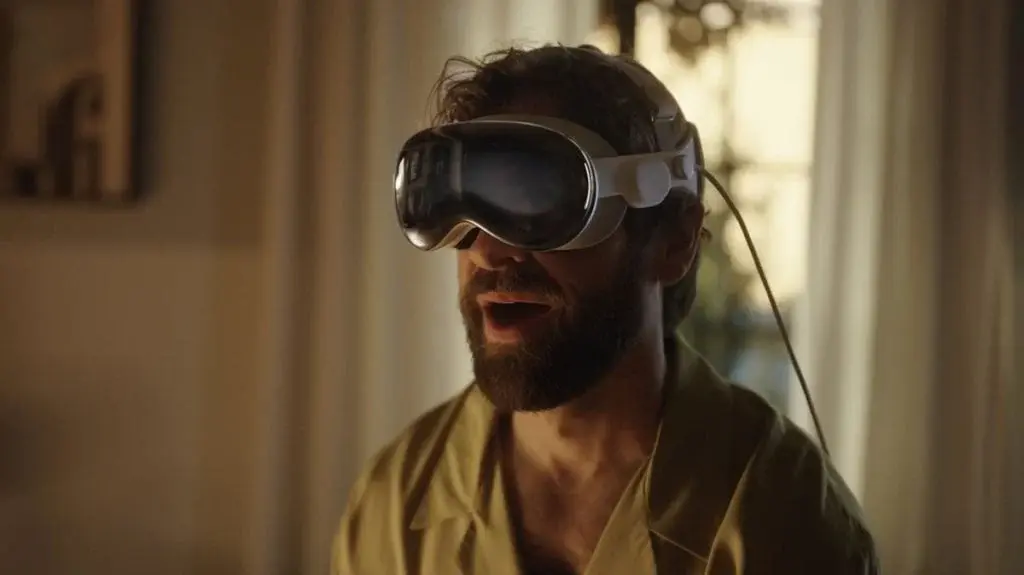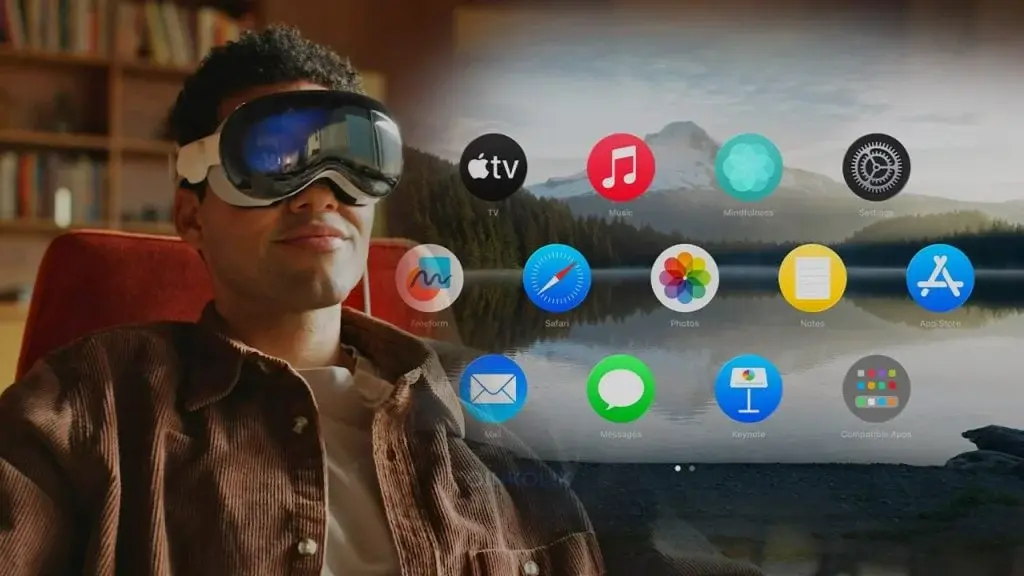Apple Vision Pro Headset Faces Minor Flaw in Hand-Tracking Gesture Controls
Apple’s innovative Vision Pro headset, known for its gesture-based interaction, has been found to have a minor flaw in its hand-tracking gesture controls, according to test results from technology media CNET. The issue arises when other people insert themselves into the interaction area while the wearer is using gestures, causing interference with the headset’s gesture controls and impacting the overall user experience.
Difficulty in Distinguishing Between User and Others’ Hands
The Apple Vision Pro headset heavily relies on gestures for user interaction, facilitated by the visionOS software. However, CNET’s tests reveal that the headset struggles to differentiate between the wearer’s hand and the hands of others entering the interaction space. This can pose challenges, especially in scenarios where users have children or other individuals around them.
Impact on User Experience
The interference from additional hands affects the seamless execution of gestures, potentially disrupting the intended experience. This flaw can be particularly inconvenient, as even a random hand movement within the range of the gesture system may lead to unintended actions, such as accidental deletion of a file.
Room for Improvement in Apple’s visionOS
While this flaw is relatively minor, it highlights the need for improvement in Apple’s visionOS. It is expected that future updates will address this issue, enabling the headset to accurately distinguish the wearer’s hand. As Apple continues to enhance its software systems, gesture recognition improvements are likely to become a focal point, ensuring an optimal and uninterrupted user experience for Vision Pro users.
Future Updates and Second-Generation Vision Pro
In conclusion, while this imperfection may cause some inconvenience in certain situations, it is part of the ongoing development process for this first-generation product. Apple is already rumored to be working on a second-generation Vision Pro headset, potentially named the Apple Vision Pro 2. This future iteration of the headset is expected to address some of the imperfections of the first-generation product, including improvements in weight and weight distribution.
Overall, Apple’s Vision Pro headset remains a groundbreaking product with its innovative gesture-based interaction. As Apple continues to refine and enhance its software and hardware, users can look forward to an even better user experience in future iterations of the headset.

